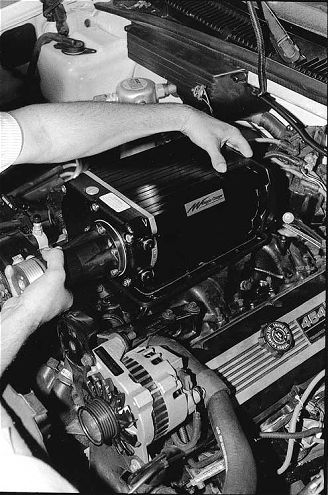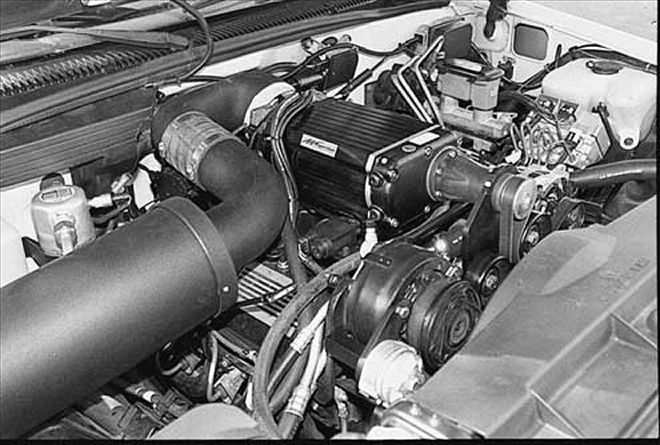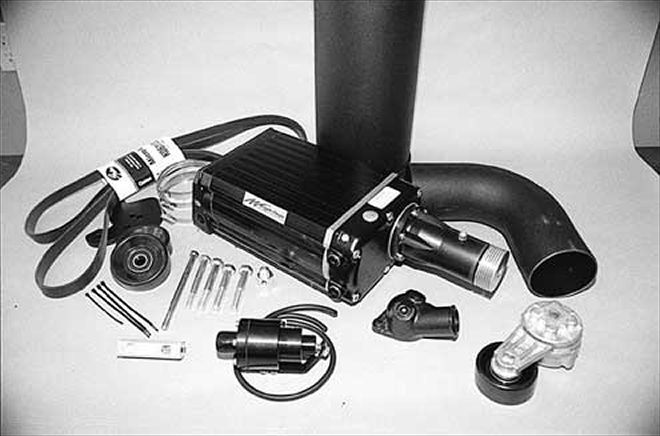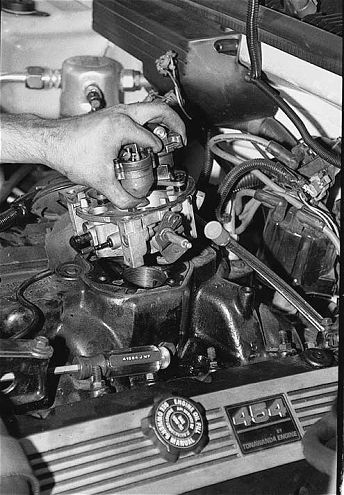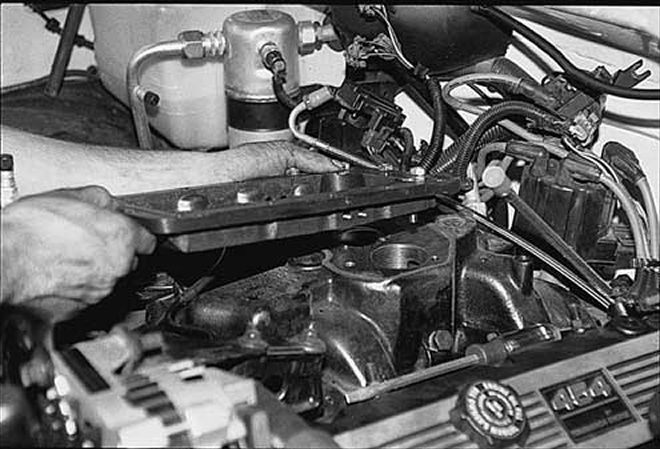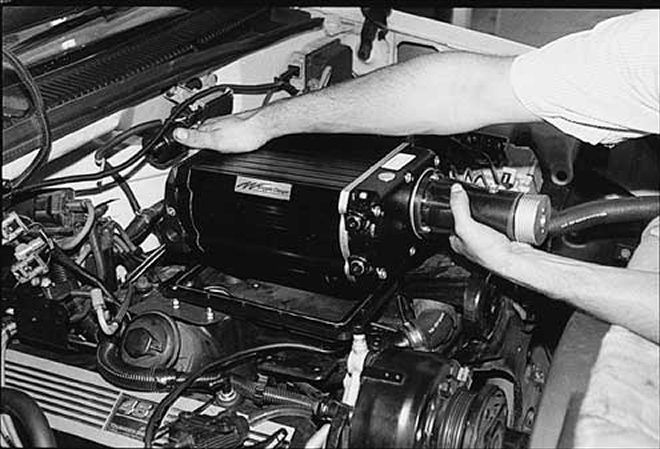Whipple Supercharger Installation on a 1993 Big Block Chevy Engine
If you own a pre-Vortec 1988-1995 big-block-equipped Chevy sport truck, SUV, or Suburban, you are not alone. There are over 200,000 of these vehicles on the road today doing service in a variety of activities; everything from hauling the kids to school and back, to transporting the family on vacation trips, and to long-distance treks with horse, boat, or car trailers in tow. And yet the single most common complaint the factory gets is customers bemoaning the engine’s serious lack of power.
Unless you had the 454 SS version of the old 7.4L V-8, the peak power output was critically limited. The older 454 SS 1/2-ton Super Sport truck produced 255 hp at 4,000 rpm and some stump-pulling 405 lb-ft of torque at 2,400 rpm. But it was only in that truck's configuration the 7.4L engine created any semblance of power. Non-454-SS-equipped vehicles only produced 230 hp at 3,600 rpm and 385 lb-ft of torque at 1,600 rpm. The reason for the 25hp decrease was to broaden the appeal of these vehicles to the market for which they were designed; a market covering every intended use, including work trucks, ambulances, and family haulers. The engines were never meant to be the power machines we sport truckers all crave.
Enter supercharging to save the day. Although typically considered extreme by the more conventional horsepower gurus, supercharging the engine is the biggest and fastest way to boost all-around power. Spend a mere weekend installing one of these powerful smog-legal additives and most pre-Vortec engines will see power gains from 50 to 75 hp.
That’s the inducement behind Whipple Industries Whipple Charger supercharger kits. The company offers its twin-screw superchargers for all Chevrolet 1988-1995 pre-Vortec engines and 1996-1998 Vortec-equipped big- and small-block engines. A twin-screw blower is by design an axial-flow supercharger that compresses air as it moves between the twin screws of the blower. The twin-screw supercharger is believed to have advantages over less efficient, non-internal compression designs because the outlet temperatures are typically lower than more conventional roots or centrifugal supercharging systems, thereby providing increases in all-around power.
Because these older pre-Vortec engines are not as powerful as their replacements, many people have indeed turned to supercharging as a means to an end. Getting up steep-grade highways is no longer an issue and with a supercharger installation on the pre-Vortec engines your all-around power and torque will be much greater than that of the new Vortec engines.
With our test truck running a pre-Vortec 1993 big-block 7.4L V-8, equipped with a set of Doug Thorley headers and a Walker Ultra Flow back-cat exhaust system, a series of baseline tests were staged to establish the truck’s "before" rear-wheel horsepower and torque. Using Whipple Industries’ Rancho Cucamonga, California, test facility, the 1993 big-block made 185 rear-wheel horsepower at 3,700 rpm and 319 lb-ft of torque at 2,900 rpm. Once the Whipple Charger was installed, however, the big-block produced 253 hp at 4,100 rpm and 372 lb-ft of torque at 3,100 rpm running with a 6 psi maximum boost pulley.
